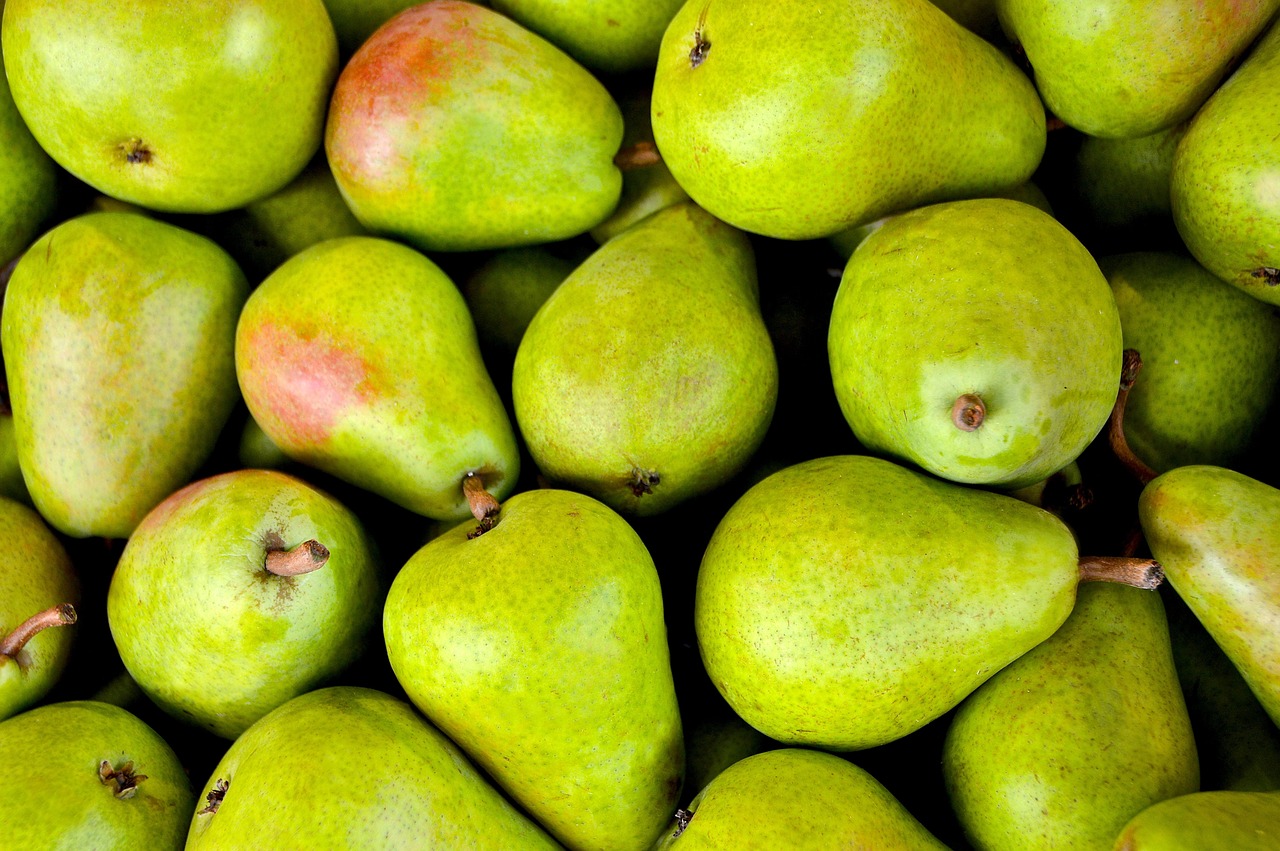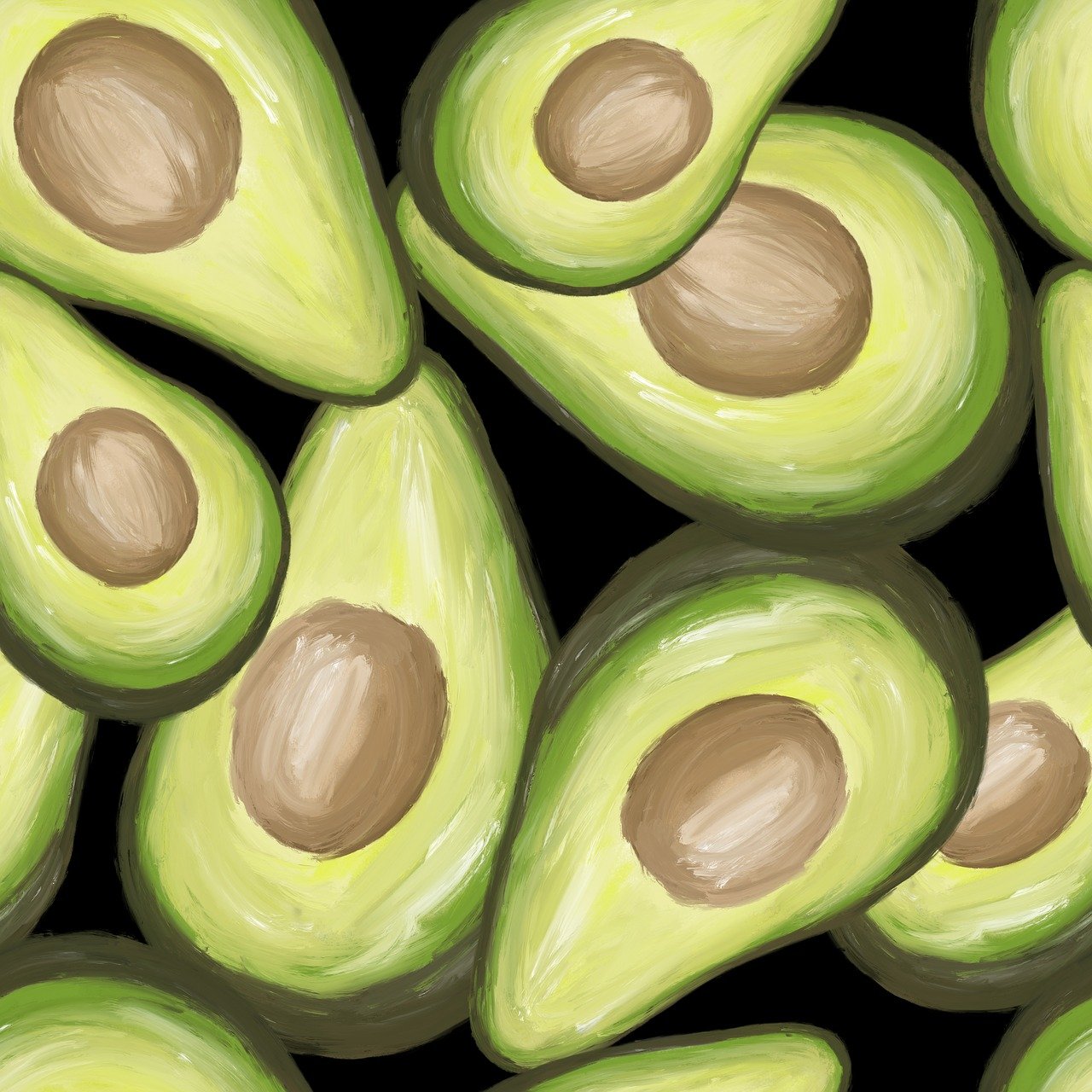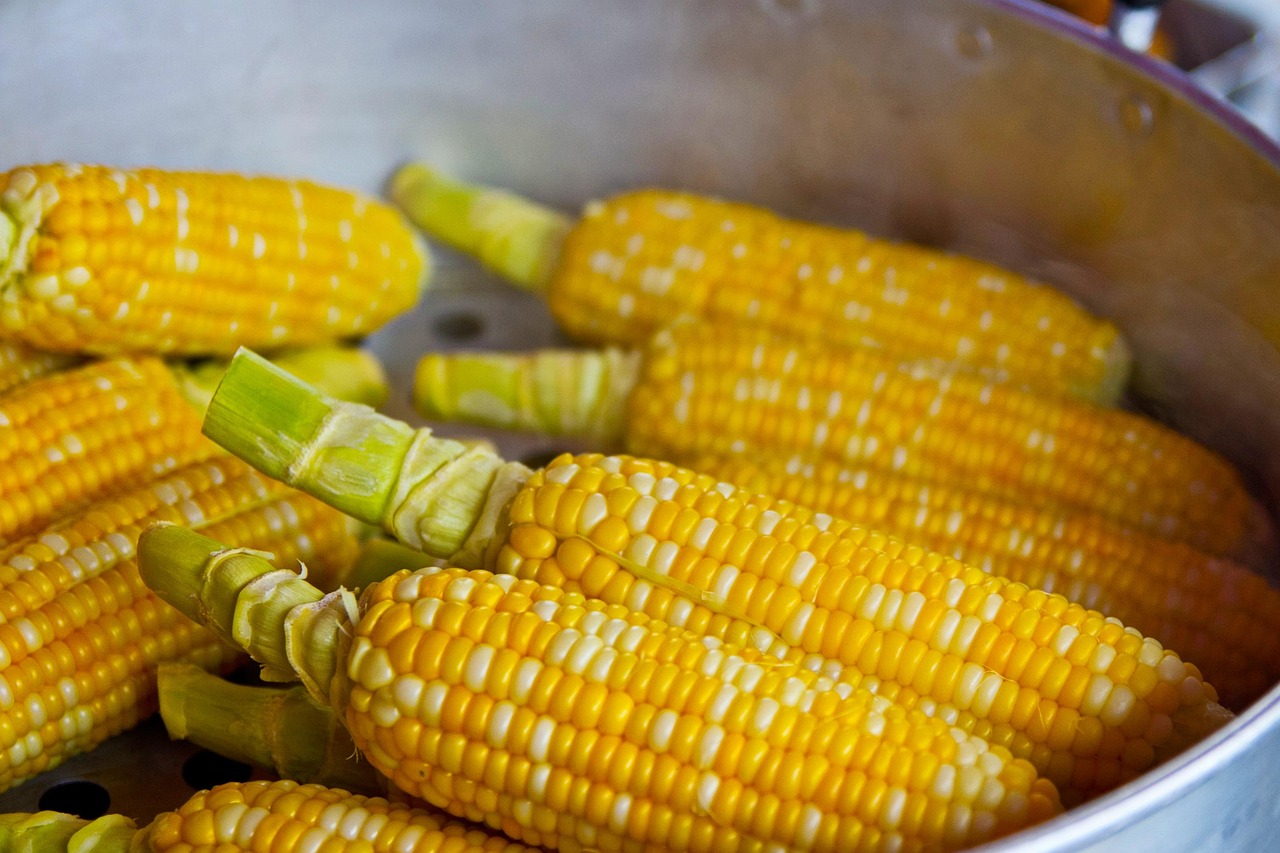What if you could choose a way of eating that works for you, enhances your health, and makes you feel good? With so many diet trends out there, it can be quite the challenge to figure out which approach aligns best with your lifestyle and goals. Two popular methods that often steal the spotlight are clean eating and flexible dieting. Both have their own unique benefits, and today, you’ll get an insight into each to help you determine which one might suit you better.
Understanding Clean Eating
Clean eating emphasizes consuming whole, unprocessed foods. The idea is simple: if food comes from nature and is minimally altered, it’s a cleaner choice. This approach encourages the intake of fruits, vegetables, whole grains, lean proteins, and healthy fats. You’d be focusing on the quality of your food, steering clear of anything heavily processed.
Benefits of Clean Eating
You might wonder why clean eating is so popular among many health enthusiasts. Here are a few benefits that might catch your interest:
- Nutrient-rich: You’re more likely to consume vitamins, minerals, and antioxidants when you choose whole foods.
- Weight management: Because clean foods are often lower in calories and high in nutrients, maintaining or losing weight can feel easier.
- Improved digestion: Whole foods are typically rich in fiber, aiding in digestion and promoting a healthy gut.
- Better energy levels: Natural foods can fuel your body, giving you the energy boost you may need throughout your day.
However, while focusing on clean foods can improve your health, it’s important to also consider the mental aspect of eating.
Flexible Dieting, or IIFYM
Flexible dieting, often referred to as “If It Fits Your Macros” (IIFYM), invites you to pay attention to your macronutrient intake—proteins, carbohydrates, and fats—rather than shunning certain food groups. This style promotes a balanced approach where you can still enjoy your favorite treats, as long as they fit within your daily macronutrient budget.
Benefits of Flexible Dieting
You may find that flexible dieting offers a different kind of freedom that resonates more with your lifestyle. Some common benefits include:
- Sustainability: Flexibility in your diet means you can include foods you love while maintaining a healthy lifestyle, making it easier to stick with long-term.
- Less obsession over food: Since you’re not eliminating entire food groups, you might experience less anxiety around food choices.
- Macros over calories: This approach encourages a focus on nutrient distribution instead of calorie counting, which can feel more intuitive and satisfying.
It’s all about balance and making choices that keep you both happy and healthy.

Comparing Clean Eating and Flexible Dieting
Now that you have an understanding of both eating styles, it’s time to look at them side by side. This breakdown can help clarify which approach may be a better fit for you.
Nutrient Quality vs. Nutrient Quantity
As you think about clean eating and flexible dieting, consider the focus of each approach:
| Approach | Primary Focus | Food Choices |
|---|---|---|
| Clean Eating | Nutrient Quality | Whole, unprocessed foods |
| Flexible Dieting | Nutrient Quantity | Macros; treats included |
If you’re drawn to the idea of nourishing your body with wholesome ingredients, clean eating might be where you want to start. On the other hand, if you’re looking for more variety and don’t want to restrict yourself too much, flexible dieting could offer that necessary flexibility.
Structure vs. Freedom
Here’s how the structure of each approach differs:
| Approach | Structure Level | Meal Planning |
|---|---|---|
| Clean Eating | More Structured | Meal prepping can be common |
| Flexible Dieting | More Freedom | Meals can vary significantly |
If you enjoy a strict routine and find comfort in meal prepping with whole foods, clean eating provides that structure. Conversely, if you appreciate spontaneity and want to think less about what you’re eating so you can enjoy life, flexible dieting allows for that.
Long-term Adherence
Sustainability is a critical factor in any diet. Let’s examine it further:
| Approach | Long-term Adherence | Ease of Following |
|---|---|---|
| Clean Eating | Varies per individual | May become challenging |
| Flexible Dieting | Generally easier | Can fit into lifestyle |
Ultimately, the best diet is one that you can maintain. If the thought of giving up your favorite snacks causes distress, flexible dieting’s approach may help keep you on track.
Is One Better Than the Other?
This might be the question lingering on your mind. The truth is, both clean eating and flexible dieting have their perks and drawbacks. One isn’t inherently better than the other; rather, they serve different needs depending on where you are in your health journey.
Making the Choice
To make an informed choice, take a moment to reflect on a few questions:
- What are your health goals? Consider whether you’re looking to manage weight or improve your overall health.
- How do you feel about food? Are you open to moderation, or do you prefer more rigid guidelines?
- What suits your lifestyle? Think about your daily routine and how much time you can realistically dedicate to meal prep or logging macros.
Your answers to these questions can help clarify which approach aligns better with your current needs.

Finding Balance
It’s important to note that you don’t have to rigidly stick to just one method. In fact, many find success in combining elements from both clean eating and flexible dieting to create an approach tailored just for you. After all, healthy eating isn’t one-size-fits-all.
Incorporating Clean Eating into Flexible Dieting
You might choose to enjoy the best of both worlds by incorporating clean foods into your flexible dieting plan. Here are some tips to help you with that:
- Focus on whole foods: Use clean, whole foods as the foundation of your meals but allow room for treats within your macro limits.
- Use flexibility wisely: When including processed foods, ensure they contribute value and fit well into your total macronutrient profile.
- Keep it nutritious: Strive to prioritize nutritious foods, making sure you’re fueling your body properly even with the flexibility.
Real-Life Application
Let’s consider how each approach might play out in a real-life scenario. Suppose you have a favorite pizza place nearby. Here’s how you might approach it.
Clean Eating Approach
On a clean eating plan, you may decide to prepare your pizza from scratch using whole grain crust, fresh vegetables, and lean protein. You’d also avoid sugary drinks, opting instead for water or herbal tea.
Flexible Dieting Approach
With flexible dieting, you could opt for that delicious pizza while carefully tracking the macronutrients. You might even enjoy a slice (or two) while ensuring your overall daily intake aligns with your goals.

Conclusion: Your Path Ahead
Ultimately, the journey to finding the right eating style is a personal one. As you navigate through the worlds of clean eating and flexible dieting, remember that it’s about what feels right for you and your body. By blending aspects of both approaches or choosing the one that resonates most, you’ll be on the path toward a healthier and happier lifestyle.
Whether you’re prioritizing nutrient quality for a nourishing lifestyle or allowing for the fun of foods within your macros, what’s important is that you find joy and satisfaction in your meals. So, take a moment to consider which aspects resonate with you most. Are you ready to embark on your personal journey toward healthier eating? Embrace your unique path to wellness, and remember, the best diet is one that fits seamlessly into your life, supports your well-being, and makes you feel great every day.










